Market Growth Projections
The Global Adsorption Equipment Market Industry is projected to experience substantial growth over the coming years. With an estimated market value of 1.66 USD Billion in 2024, the industry is expected to reach 2.41 USD Billion by 2035. This growth trajectory suggests a compound annual growth rate of 3.45% from 2025 to 2035, reflecting the increasing adoption of adsorption technologies across various sectors. The market's expansion is driven by factors such as rising environmental concerns, regulatory pressures, and advancements in adsorption materials, positioning it for a promising future.
Rising Awareness of Air Quality Issues
The Global Adsorption Equipment Market Industry is experiencing growth fueled by rising awareness of air quality issues. Urbanization and industrialization contribute to deteriorating air quality, prompting governments and organizations to seek effective solutions. Adsorption technologies, particularly those utilizing activated carbon, are increasingly employed for air purification applications. For example, industries are investing in adsorption systems to mitigate harmful emissions and improve indoor air quality. This heightened awareness and proactive measures to address air pollution are likely to drive demand for adsorption equipment, contributing to the market's expansion.
Growing Demand for Water Treatment Solutions
The Global Adsorption Equipment Market Industry experiences a notable surge in demand for water treatment solutions, driven by increasing concerns over water quality and scarcity. As industries and municipalities seek effective methods to purify water, adsorption technologies are becoming essential. For instance, activated carbon adsorption systems are widely adopted for removing contaminants from drinking water. This trend is reflected in the market's projected growth, with an estimated value of 1.66 USD Billion in 2024, indicating a robust response to global water treatment challenges.
Industrial Applications Driving Market Growth
The Global Adsorption Equipment Market Industry benefits from diverse industrial applications, particularly in sectors such as chemicals, pharmaceuticals, and food processing. These industries utilize adsorption equipment for various purposes, including solvent recovery and air purification. For example, the chemical sector employs adsorption systems to capture volatile organic compounds, enhancing environmental compliance. This broad applicability contributes to the market's anticipated growth, with a compound annual growth rate of 3.45% projected from 2025 to 2035, ultimately reaching an estimated value of 2.41 USD Billion by 2035.
Regulatory Pressures and Environmental Standards
The Global Adsorption Equipment Market Industry is significantly influenced by stringent regulatory pressures and environmental standards. Governments worldwide are implementing regulations aimed at reducing emissions and improving waste management practices. This regulatory landscape compels industries to adopt advanced adsorption technologies to comply with environmental guidelines. For instance, the introduction of stricter air quality standards has led to increased investments in adsorption systems for air pollution control. Consequently, this trend is likely to bolster market growth as industries prioritize sustainable practices and seek innovative solutions to meet compliance requirements.
Technological Advancements in Adsorption Materials
The Global Adsorption Equipment Market Industry is poised for growth due to ongoing technological advancements in adsorption materials. Innovations in the development of new adsorbents, such as metal-organic frameworks and nanomaterials, enhance the efficiency and effectiveness of adsorption processes. These advancements enable industries to achieve higher adsorption capacities and selectivity for specific contaminants. As a result, the market is likely to witness increased adoption of these advanced materials, driving overall growth. The continuous evolution of adsorption technologies aligns with the industry's need for improved performance and sustainability.


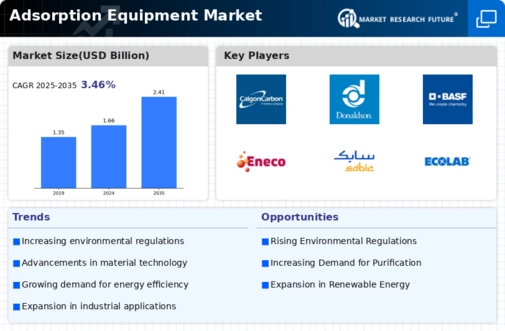
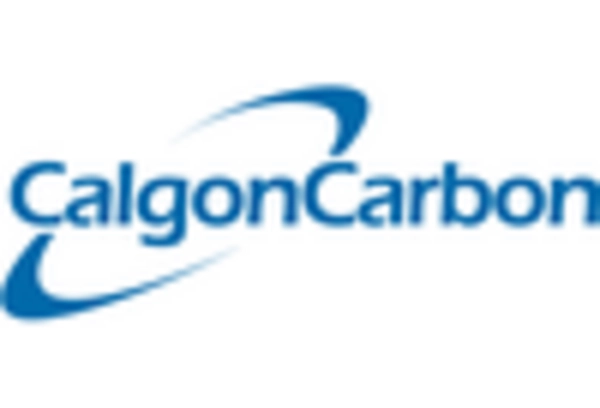
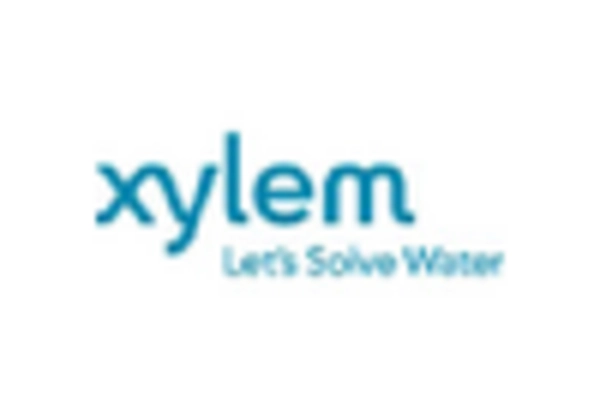

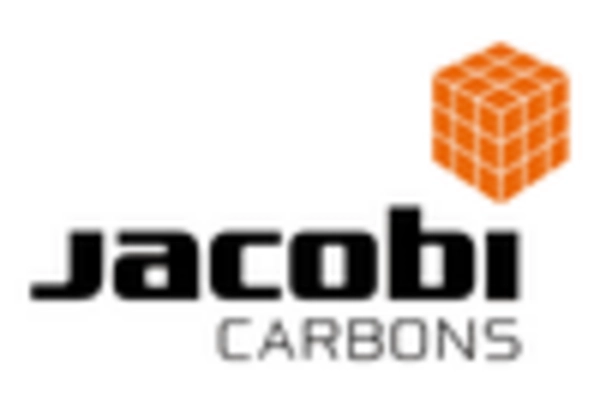
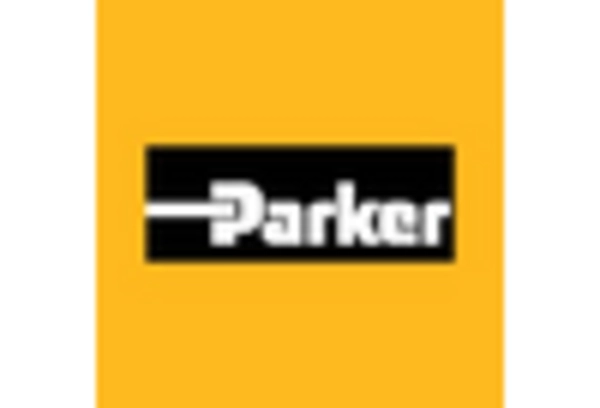









Leave a Comment